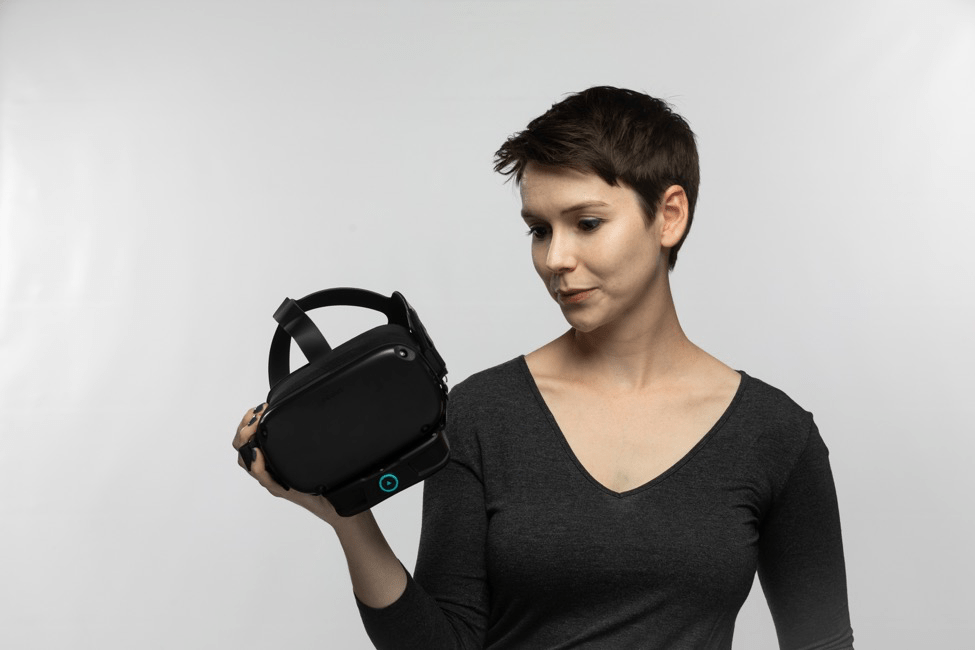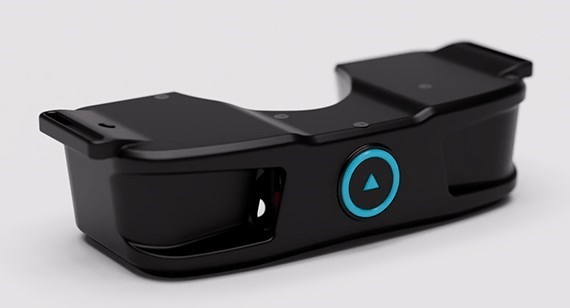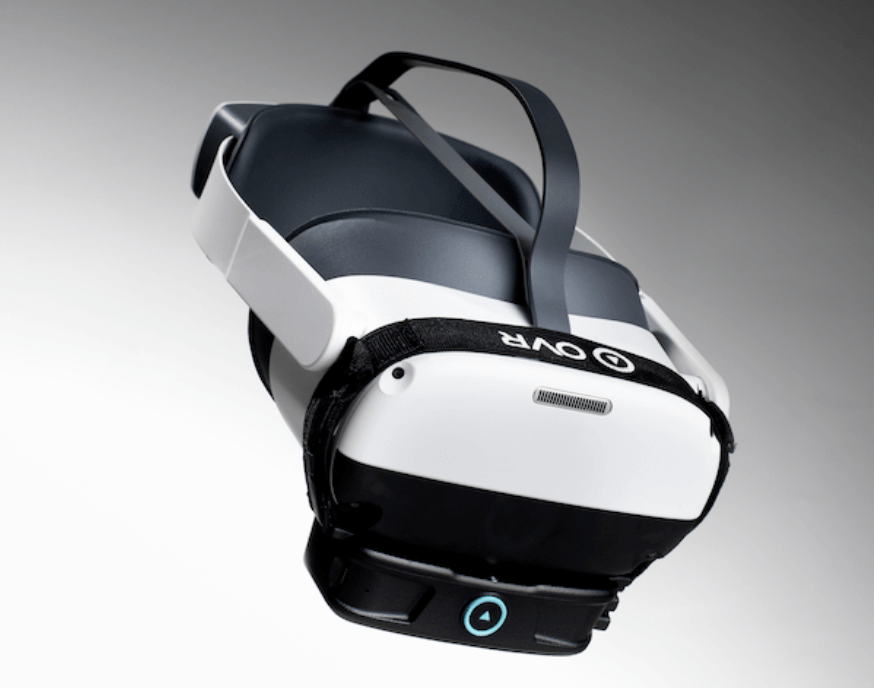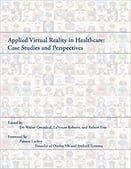
We spend more than 11 hours watching television, listening to the radio, and consuming other digital platforms, according to a 2018 Nielsen report. We know that time we spend in the virtual world influences our time in the real world. So, to amplify the positive impact of virtual reality (VR), we must look beyond the traditional audio and visual approach and engage our other senses to make the VR experience that more immersive. Unique from all of our other senses, olfaction—aka our sense of smell—is directly connected to our brain’s memory and emotion centers.
At OVR Technology, we believe combining olfaction with virtual reality (VR) has the potential to make both VR more immersive and our actual reality better.
Scent is more powerful, more critical, and more complex than most of us realize. For example, in the womb at 28 to 30 weeks of development, we can detect odor molecules in the amniotic fluid around us from the food our mothers ate. How else does scent influence us?
In a recent book, Applied Virtual Reality in Healthcare: Case Studies and Perspectives, OVR co-founder, Aaron Wisniewski, alongside OVR’s VP of Scentware, Sarah Socia, explains the role that scent plays in our lives and explores the potential of immersive VR in healthcare settings. Here, we offer a few components from the section on Olfactory Virtual Reality.
How Scent Influences Us
We can identify and discriminate between billions of scent compounds.
Imagine smelling a rose. The rose emits almost 300 different chemicals. As you breathe in, the odor molecules or odorants, such as beta-damascenone, citronellol, and geraniol travel up your nose into your nasal cavity and dissolve in the mucous membrane of your olfactory epithelium, which is composed of millions of olfactory receptor neurons and yet is only approximately 1/10th of the size of a dollar bill. Once the odorants dissolve, they bind to different, yet specific, olfactory receptor proteins, which send a signal to the olfactory bulb of the brain, and that information is then relayed to the parts of the brain involved in emotion, behavior, and memory. Processing the scent chemicals of a rose doesn’t even scratch the surface of our potential: Researchers say that we can discriminate between 1 trillion different odorant stimuli.
Scent taps into our emotions in a unique way.
The brain regions that scent inform and trigger are unique compared to how other sensory information (think: vision, auditory, etc.) is relayed, which is first transmitted to the thalamus—or the information relay hub of the brain. Odorant stimuli have the potential to elicit an emotional, behavioral, or memory response. In fact, compared to other sensory modality cues, odor-cued memories are more emotionally potent. Once the information is processed you may identify the chemical compounds as the smell of a rose, or something else. The smell may even transport you to a memory.
Scent is learned.
Think about all the odors that play a role in your daily lives. The smell of fresh-cut grass or campfire can transport you to a nearly forgotten memory. But also, the smell of smoke in a building alerts you of potential danger. These connections between odor and emotion and behavior rely on associative learning—or the process of linking a stimulus with an outcome. Have you heard about Pavlov’s Dogs?
The Future of VR Scent Technology for Healthcare
Understanding the power of odor cues and the link between olfaction, memory, and emotion allows us to leverage the power of smell in the virtual world to drive outcomes. Research shows that immersive VR may help reduce pain, ease anxiety, and boost mental health. And according to Dr. Brennan Spiegel, VR has the ability to create “presence,” which is referred to in the VR community as the psychological “feeling of being there” in the virtual world.
Research with Dr. David Tomasi, a clinical psychologist, and psychotherapist at the University of Vermont Medical Center, is studying the effects of olfactory VR on wellbeing, pain, stress, and anxiety. Participants are immersed in a relaxing virtual camping environment where they can see, touch, and smell items such as flowers, marshmallows, campfire, logs, and bacon. Before and after the VR experience, participants self-report their mental and emotional state using a questionnaire. The preliminary results and anecdotal response are promising and create a solid foundation for further research about the impact of OVR in the healthcare space.
Overall, the potential of VR in healthcare is just coming into focus. Olfaction has the potential to increase presence, and emotional engagement, and tap into our memory systems. As we think about immersive VR as an outcome-driven sensory delivery system, it transforms from “cool tech” into a solution for real-life health problems—where immersive VR is a place we can learn, heal, and grow into healthier individuals.
 OVR Technology Inhale Olfactory VR Module
OVR Technology Inhale Olfactory VR Module
 VR Headset with OVR Technology Olfactory VR Technology
VR Headset with OVR Technology Olfactory VR Technology
Excerpt from;

Applied Virtual Reality in Healthcare: Case Studies and Perspectives





